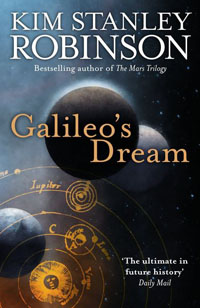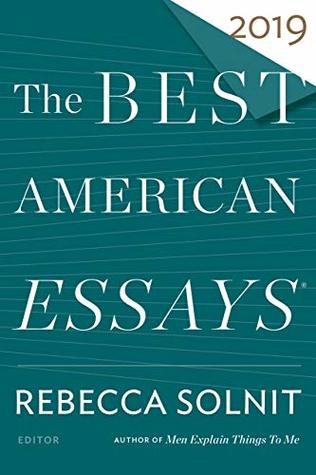Galileo’s Dream
Galileo’s Dream by Kim Stanley Robinson
My rating: 2 of 5 stars
1st quarter invokes 1600 Italy very well, the mindset and understanding of how the components of the world interact. If it stayed at this level, it would have been 5 stars, but it bloated and became impossible to read it closely.
Galileo had his feet in his times. the humors — one of the few aspects of ancient medical knowledge that would certainly endure. Another example. Astrology, he understood as he did this, was an articulated structure of hope.
Good metaphor. It was like pushing at a sore tooth with your tongue.
Start sci fi aspect, which is a bit disappointing, because it undercuts the fantastic job Robinson has done in bring an ancient scientific icon into realistic relief.
Powerful comparisons, esp. the second comparison. No hatred was like that of the ignorant for the learned — though now he saw that even greater was the hatred of the damned for the martyr.
“It’s here. I knew it. The anomalies made it very clear.
This information here refers to the interaction with live species under the ice in Europa. It’s not very clear, not to me anyhow.
Galileo’s clay feet. He thought of his mother as the old washtub and he refused to marry his common law wife, condemning his daughters to zero prospects and hence the convent.
Nice insight. “as people would always rather feel angry than guilty, the transmutation of the one to the other had been easy. It had to be his fault.”
Crisp thinking. It was a system that could be defended, if you granted its premises.
Anachronisms for 16th Italy. pussy-whipped, deal with it.
Shame that sci fi element introduced never seemed to significantly add insights of how different cultures organize fact into worldview.
Doubletalk example. “In theory, prolepsis is possible, but the energy required is more than we can muster. Sending the entanglers back analeptically cost us entire planets, and prolepsis apparently requires far more energy than that.” No concrete references to tie to a story reality. At least, not any I saw.
Example two. Dimension four we still call dark matter. This is the closest to contact with palpable reality in many pages of text. Which makes read like the DaVinci Code—verbal reality with scant attachment to factual reality. Ergo, the author can make the story reality a sandcastle in the sky.



